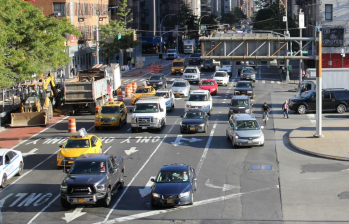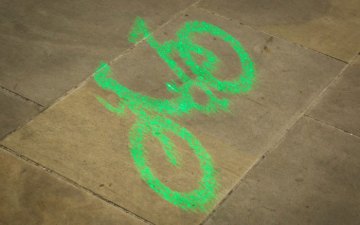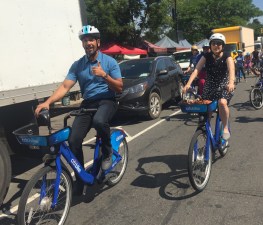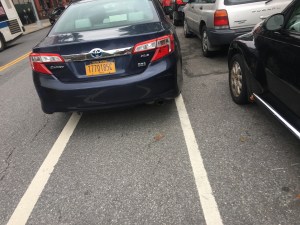Rodriguez: De Blasio Should Build 100 Miles of Protected Bike Lanes Per Year
Currently, the city lays out about 25 miles of the super-secure cycling routes. The chairman of the City Council Transportation Committee wants much, much more.
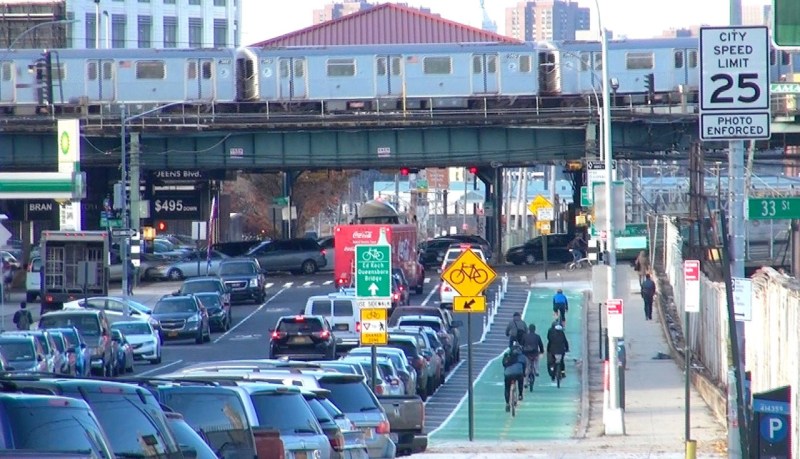
It’ll see your Citi Bike expansion — and raise you 100 miles of protected bike lanes!

The construction of protected bike lanes has been a priority for Mayor de Blasio, rising from just 5.4 miles installed in 2014 to an estimated 29.4 by the end of this year. Last year, the city laid down 25 miles of such lanes.
But Rodriguez wants much, much more — in light of both the Citi Bike news on Thursday and his own effort to legalize electric scooters and throttle-controlled e-bikes.
“With the expansion of Citi Bike … and hopefully e-scooters and e-bikes becoming legal in the near future, I will call for an increase in number of protected lanes to 100 miles every year to make sure our residents and visitors are able to ride safely — and to protect pedestrians as well,” said Rodriguez, the chairman of the council’s Transportation Committee. “I will advocate for more funding to increase protected bike lanes in our city.”

Department of Transportation Commissioner Polly Trottenberg did not commit to building so many miles, saying that her agency would continue to expand construction of protected bike lanes, but also focus on adding shorter segments to connect existing lanes. That’s what the city successfully did earlier this year in Sunnyside, adding paired protected bike lanes to fill the missing link in the bike network between Queens Boulevard and the Queensboro Bridge. (Side note: Those lanes were the site of a terror attack by bike opponents this week.)
But Trottenberg suggested she would love to do more.
“I take the chairman’s challenge,” she told Streetsblog.
To Rodriguez, bike lanes are about more than just safety or providing routes for a basic form of mass transportation.
“This is about a culture that we as a city have to develop, not only for our generation but for our children and the future generations,” he said. “To generate less traffic and generate options for traveling around the city.”
He said his goal is to reduce car ownership from 1.4 million vehicles today to 1 million by 2030.
“The only way to get there is to improve mass transportation and connect the 8.6 million residents and the 65 million tourists to other modes of transportation,” he said.
